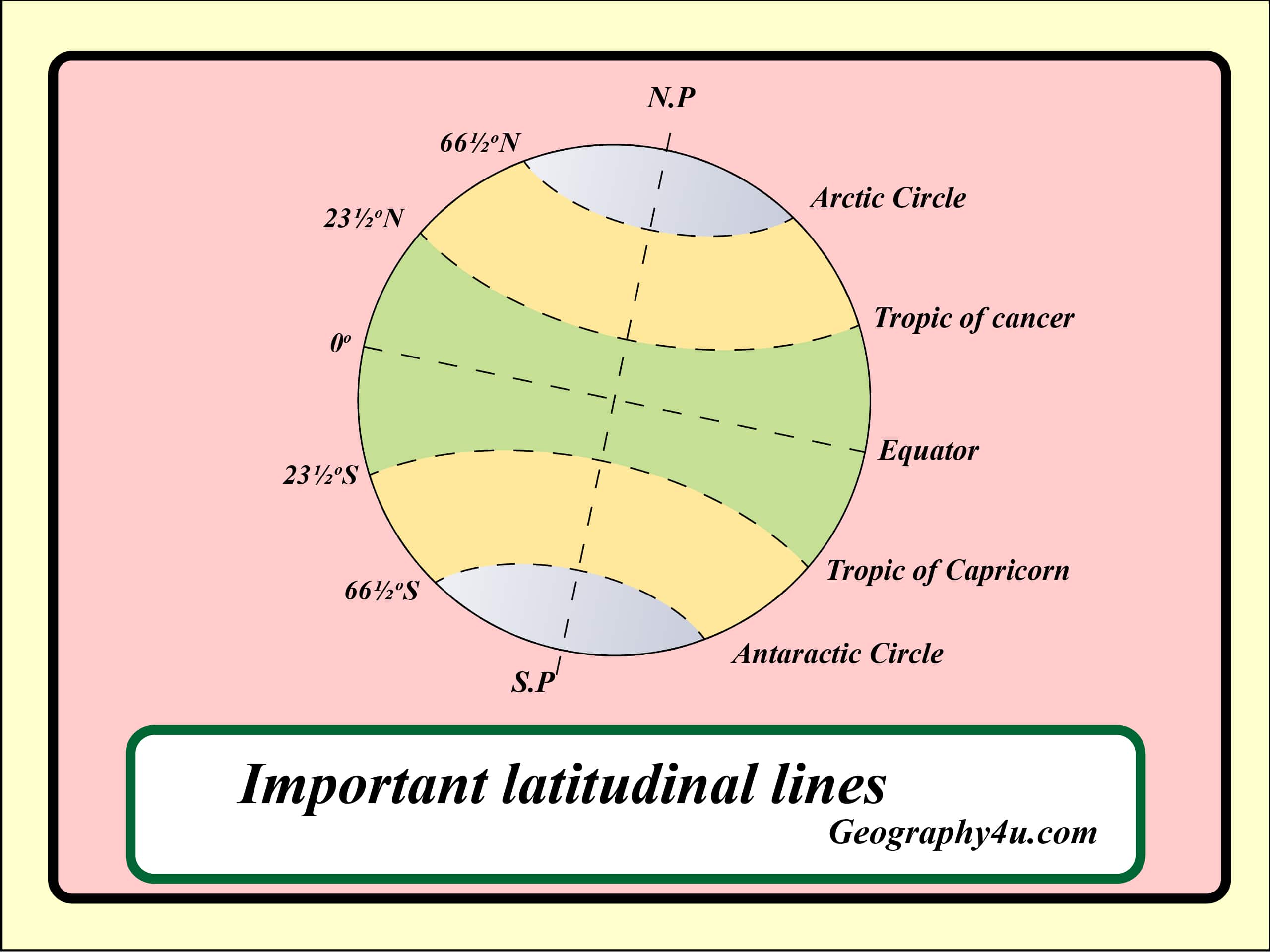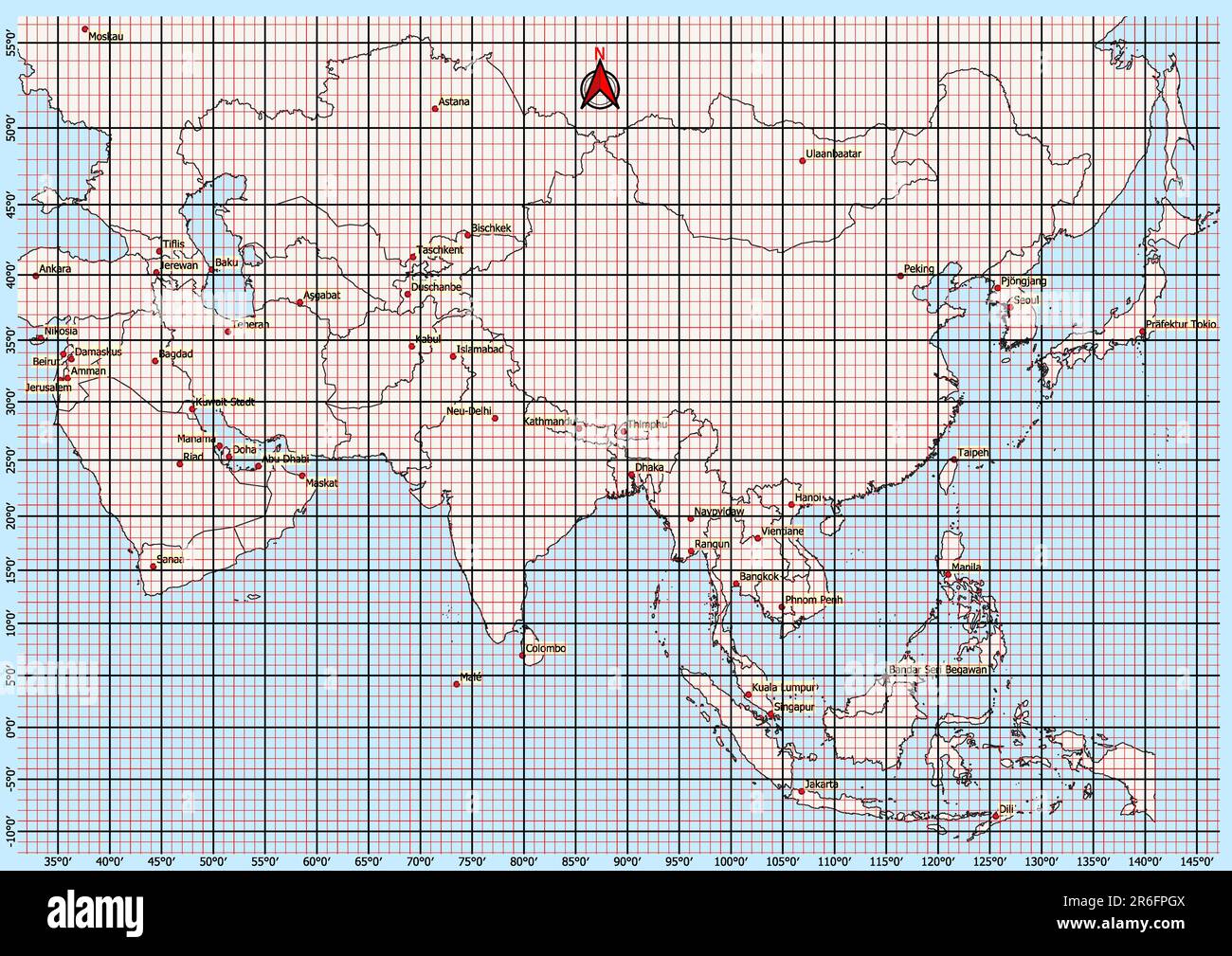Embark on an enthralling journey into the realm of latitude language, a versatile and powerful programming language designed to empower developers with its intuitive syntax and robust features. Delve into the intricacies of latitude language as we explore its syntax, data types, operators, and control flow, laying the foundation for your coding adventures.
From defining functions and utilizing modules to embracing object-oriented programming principles, latitude language empowers you to tackle complex programming challenges with ease. Discover the art of error handling and master input and output operations, equipping yourself with the knowledge to build robust and efficient applications.
Join us as we unravel the multifaceted world of latitude language, unlocking its potential for transformative software development.
Syntax
Latitude language has a straightforward syntax that emphasizes readability and expressiveness. It is designed to be accessible to programmers of all skill levels.The basic syntax of Latitude language is as follows:
def function_name(parameters):
statements
For example, the following code defines a function that calculates the factorial of a number:
def factorial(n):
if n == 0:
return 1
else:
return n
- factorial(n
- 1)
Latitude language also provides a number of built-in functions and operators that can be used to perform common tasks.
For example, the following code uses the `print()` function to print the value of a variable:
print(variable_name)
For more information on the syntax of Latitude language, please refer to the following resources:
* [Latitude Language Syntax Documentation](https://latitude-language.org/docs/syntax) – [Latitude Language Tutorial](https://latitude-language.org/tutorial)
Data Types

Latitude language offers a range of data types, providing flexibility and precision in representing diverse kinds of information. Understanding data types is crucial for efficient programming and effective data management in Latitude language.
Declaring data types explicitly in Latitude language enhances code readability, facilitates error detection, and ensures data integrity. The syntax for declaring data types involves specifying the type followed by the variable name, as exemplified below:
int age;float temperature;char grade;bool is_active;
Latitude language supports several fundamental data types, including:
Integers
Integers represent whole numbers without fractional parts. They are commonly used for counting, indexing, and storing numerical values that do not require decimal precision. Latitude language offers various integer types, such as int, short, and long, catering to different ranges of integer values.
Floating-Point Numbers
Floating-point numbers, represented by the float and double data types, are used to represent real numbers with fractional parts. They are suitable for scientific calculations, financial applications, and scenarios requiring precise numerical representation.
Characters
Characters are single alphanumeric symbols represented by the char data type. They are commonly used for storing individual characters, such as letters, digits, and special symbols.
Booleans
Booleans represent logical values, either true or false. They are used in conditional statements, logical expressions, and scenarios where binary outcomes are required.
By leveraging appropriate data types, Latitude language enables efficient memory utilization, accurate data representation, and robust code development.
Operators
Operators are symbols that perform specific mathematical or logical operations on one or more operands. Latitude language provides a comprehensive set of operators, each serving a distinct purpose in manipulating data and controlling program flow.
The operators in latitude language can be categorized into the following types:
- Arithmetic Operators:Perform mathematical operations such as addition, subtraction, multiplication, and division.
- Assignment Operators:Assign values to variables.
- Comparison Operators:Compare two values and return a Boolean result (true or false).
- Logical Operators:Combine multiple Boolean expressions using logical operations such as AND, OR, and NOT.
- Bitwise Operators:Perform bitwise operations on binary values.
Here are some examples of operator usage in latitude language:
- Arithmetic Operators:
a + badds the values of variablesaandb,x- ysubtracts the value ofyfromx. - Assignment Operators:
x = 10assigns the value 10 to variablex. - Comparison Operators:
x == ychecks ifxis equal toy,a > bchecks ifais greater thanb. - Logical Operators:
x && yreturns true if bothxandyare true,a || breturns true if eitheraorbis true. - Bitwise Operators:
x & yperforms a bitwise AND operation onxandy,a | bperforms a bitwise OR operation.
Precedence and Associativity of Operators
The precedence of an operator determines the order in which it is evaluated in an expression. Operators with higher precedence are evaluated first. The associativity of an operator determines whether it is evaluated from left to right or right to left.
Latitude language follows the standard precedence and associativity rules for mathematical and logical operators.
The following table lists the precedence and associativity of operators in latitude language, in decreasing order of precedence:
| Operator | Precedence | Associativity |
|---|---|---|
| Parentheses | Highest | N/A |
| Exponentiation (^) | High | Right to left |
Unary operators (+,
|
High | Right to left |
| Multiplication (*, /, %) | Medium | Left to right |
| Addition (+) | Low | Left to right |
| Comparison (==, !=, <, >, <=, >=) | Low | Left to right |
| Logical AND (&&) | Low | Left to right |
| Logical OR (||) | Low | Left to right |
| Assignment (=) | Lowest | Right to left |
Control Flow
Control flow in Latitude language refers to the order in which statements are executed within a program.
Latitude language provides various control flow statements to control the flow of execution, including loops, conditional statements, and branching statements.
Control flow statements allow programmers to specify the conditions under which certain statements should be executed and the order in which they should be executed. This enables the creation of programs that can make decisions, repeat actions, and respond to different conditions.
Loops
Loops are control flow statements that allow a block of code to be executed repeatedly until a specified condition is met. Latitude language provides two types of loops: forloops and whileloops.
Forloops are used when the number of iterations is known in advance. The syntax of a forloop is as follows:
for (initialization; condition; increment) // Code to be executed
Whileloops are used when the number of iterations is not known in advance. The syntax of a whileloop is as follows:
while (condition) // Code to be executed
Conditional Statements
Conditional statements allow a program to execute different code depending on whether a certain condition is met. Latitude language provides two types of conditional statements: ifstatements and switchstatements.
Ifstatements are used to execute a block of code only if a certain condition is met. The syntax of an ifstatement is as follows:
if (condition) // Code to be executed if condition is true else // Code to be executed if condition is false
Switchstatements are used to execute different code depending on the value of a variable. The syntax of a switchstatement is as follows:
switch (variable) case value1: // Code to be executed if variable is equal to value1 break; case value2: // Code to be executed if variable is equal to value2 break; default: // Code to be executed if variable does not match any of the cases
Functions
Functions are reusable blocks of code that perform specific tasks. They allow you to organize your code, make it more readable, and avoid repeating yourself.In Latitude, you can define functions using the `def` , followed by the function name and its parameters.
The function body is indented, and the function returns a value using the `return` .For example, here is a function that calculates the area of a circle:“`def area_of_circle(radius): return math.pi
- radius
- * 2
“`You can call a function by simply using its name and passing in the necessary arguments. For example, to calculate the area of a circle with a radius of 5, you would use the following code:“`area = area_of_circle(5)“`Latitude supports different types of functions, including:*
-*Built-in functions
These are functions that are already defined in the Latitude language. You can use them without having to define them yourself.
-
-*User-defined functions
These are functions that you define yourself. You can use them to perform specific tasks in your code.
-*Lambda functions
These are anonymous functions that are defined using the `lambda` . They are often used for quick and simple tasks.
Functions are a powerful tool that can help you write more efficient and readable code. By using functions, you can organize your code, avoid repeating yourself, and make your code easier to maintain.
Modules

Modules are a fundamental concept in Latitude, providing a way to organize and reuse code. They encapsulate related functions, data structures, and constants into a single unit, promoting code modularity and maintainability.
Benefits of Using Modules
- Code Organization:Modules allow developers to structure their code logically, making it easier to navigate and maintain.
- Code Reusability:Modules can be reused across multiple programs, reducing code duplication and promoting consistency.
- Namespace Management:Modules provide a way to manage namespaces, preventing name collisions between different parts of a program.
- Encapsulation:Modules encapsulate implementation details, allowing developers to focus on the functionality provided by the module without worrying about its internal workings.
Module Usage
To use a module in Latitude, the importstatement is used. The following example imports the mathmodule:
“`import math“`
Once imported, the module’s functions, data structures, and constants can be accessed using the dot notation. For example, to calculate the square root of a number using the mathmodule:
“`result = math.sqrt(16)“`
Object-Oriented Programming
Latitude language embraces object-oriented programming (OOP) principles, enabling developers to create modular, reusable, and maintainable code. OOP in Latitude revolves around the concept of objects, classes, inheritance, and polymorphism.
Object Creation
Objects are instances of classes that encapsulate data and behavior. To create an object, use the new followed by the class name:
const person = new Person();
Class Definition
Classes define the blueprint for objects, specifying their properties and methods. To define a class, use the class:
class Person constructor(name, age) this.name = name; this.age = age; greet() console.log(`Hello, my name is $this.name and I am $this.age years old.`);
Inheritance
Inheritance allows classes to inherit properties and methods from parent classes. To create a subclass, use the extends:
class Student extends Person constructor(name, age, grade) super(name, age); this.grade = grade; study() console.log(`$this.name is studying for a grade of $this.grade.`);
Polymorphism
Polymorphism enables objects of different classes to respond to the same method call in different ways. This is achieved through method overriding:
class Employee extends Person constructor(name, age, salary) super(name, age); this.salary = salary; work() console.log(`$this.name is working for a salary of $this.salary.`); const person = new Person("John", 30);const student = new Student("Mary", 20, "A");const employee = new Employee("Bob", 40, 50000);person.greet();student.greet();employee.greet();
In this example, the greet()method is overridden in each subclass to provide specific behavior for each object type.
Benefits of OOP in Latitude
- Encapsulation:OOP promotes data hiding, protecting sensitive data from unauthorized access.
- Reusability:Classes and objects can be reused in different parts of the code, reducing code duplication and maintenance efforts.
- Extensibility:Inheritance allows for easy extension of existing classes, enabling the creation of new classes with specialized behavior.
- Maintainability:OOP organizes code into logical units, making it easier to maintain and debug.
Error Handling

Latitude language provides robust error handling mechanisms to ensure the smooth execution of code and prevent unexpected behavior.
Errors in Latitude language are categorized into two types: syntax errors and runtime errors. Syntax errors occur during compilation when the code violates the language’s grammar rules, while runtime errors occur during program execution due to various conditions, such as invalid input or memory issues.
Syntax Errors
Syntax errors are detected by the compiler and are typically easy to identify. The compiler provides detailed error messages that indicate the exact location of the error and the nature of the violation.
For example, if a semicolon is missing at the end of a statement, the compiler will generate an error message indicating the missing semicolon and the line number where the error occurred.
Runtime Errors
Runtime errors are more challenging to handle as they can occur at any point during program execution. These errors can be caused by various factors, such as invalid input, memory allocation issues, or division by zero.
Latitude language provides several mechanisms for handling runtime errors, including:
- try-catch blocks:These blocks allow developers to handle specific types of errors by defining a try block that contains the code that may throw an error and a catch block that handles the error if it occurs.
- assert statements:These statements check for a specific condition and raise an error if the condition is not met.
- error handling functions:These functions provide a centralized way to handle errors and can be used to log errors, display error messages to users, or take other appropriate actions.
By utilizing these error handling mechanisms, developers can write robust and reliable Latitude language programs that can gracefully handle unexpected conditions and provide meaningful error messages to users.
Input and Output
Latitude language provides various methods for performing input and output operations, enabling interaction with external devices and user input.
Input operations allow the program to receive data from external sources, such as user input or files, while output operations enable the program to display or write data to external devices or files.
Input Methods
- read(): Reads a single line of text from the standard input (usually the keyboard).
- readline(): Reads a single line of text from a specified file.
- readlines(): Reads all lines from a specified file into a list.
Output Methods
- print(): Writes data to the standard output (usually the console).
- write(): Writes data to a specified file.
- writelines(): Writes a list of lines to a specified file.
Example
Here’s an example demonstrating input and output operations in Latitude language:
# Get user input
name = read()
# Display the input
print("Hello, " + name + "!")
# Write the input to a file
write("hello.txt", name)
Applications: Latitude Language
Latitude language has found applications in various domains, including data analysis, scientific computing, web development, and machine learning.
Its strengths lie in its simplicity, ease of use, and ability to handle complex data structures. However, it may not be suitable for applications requiring high performance or extensive concurrency.
Real-World Applications, Latitude language
- Data Analysis:Latitude language is used for data cleaning, transformation, and analysis in fields such as finance, healthcare, and marketing.
- Scientific Computing:It is employed in scientific research for tasks like numerical simulations, data visualization, and statistical modeling.
- Web Development:Latitude language is used in web applications for tasks such as data processing, templating, and API development.
- Machine Learning:It is used for building and training machine learning models, data preprocessing, and feature engineering.
Advantages
- Simplicity:Latitude language is designed to be easy to learn and use, with a simple syntax and intuitive data structures.
- Data Handling:It excels in handling complex data structures, such as arrays, matrices, and tables, making it suitable for data-intensive applications.
- Community Support:Latitude language has a growing community of users and developers, providing support and resources for users.
Disadvantages
- Performance:Latitude language may not be as fast as other languages for computationally intensive tasks.
- Concurrency:It does not natively support multi-threading or concurrency, which may limit its use in applications requiring high levels of parallelism.
- Limited Libraries:Latitude language has a smaller ecosystem of libraries compared to other popular languages, which may limit its use in certain specialized domains.
Case Studies
- Data Analytics Firm:A data analytics firm used Latitude language to process and analyze large datasets, resulting in improved efficiency and insights.
- Scientific Research Institute:A scientific research institute employed Latitude language for numerical simulations and data visualization, leading to accelerated research progress.
- Web Development Company:A web development company utilized Latitude language for data processing and API development, reducing development time and improving application performance.
Final Wrap-Up
As we conclude our exploration of latitude language, we recognize its immense value as a tool for software engineers seeking to elevate their craft. Its versatility, coupled with its intuitive design, makes it an ideal choice for a wide range of applications.
Whether you’re a seasoned developer or just starting your programming journey, latitude language offers a gateway to unlocking your full potential. Embrace the power of latitude language and witness the transformative impact it can have on your software development endeavors.
Essential FAQs
What is the syntax of latitude language?
Latitude language follows a concise and intuitive syntax, making it easy to read and write code. It utilizes a combination of s, operators, and expressions to define data types, control flow, and program logic.
How do I declare variables in latitude language?
Variable declaration in latitude language is straightforward. Simply specify the data type followed by the variable name. For example, to declare a variable named “x” to store an integer, you would write: `int x;`
What are the different data types supported by latitude language?
Latitude language supports a range of data types, including primitive types like integers, floating-point numbers, and booleans, as well as user-defined types such as structures and classes.
How do I create functions in latitude language?
Function creation in latitude language is simple. Define the function header with the return type, function name, and parameters, followed by the function body enclosed in curly braces. For example:
“`int sum(int a, int b) return a + b;“`